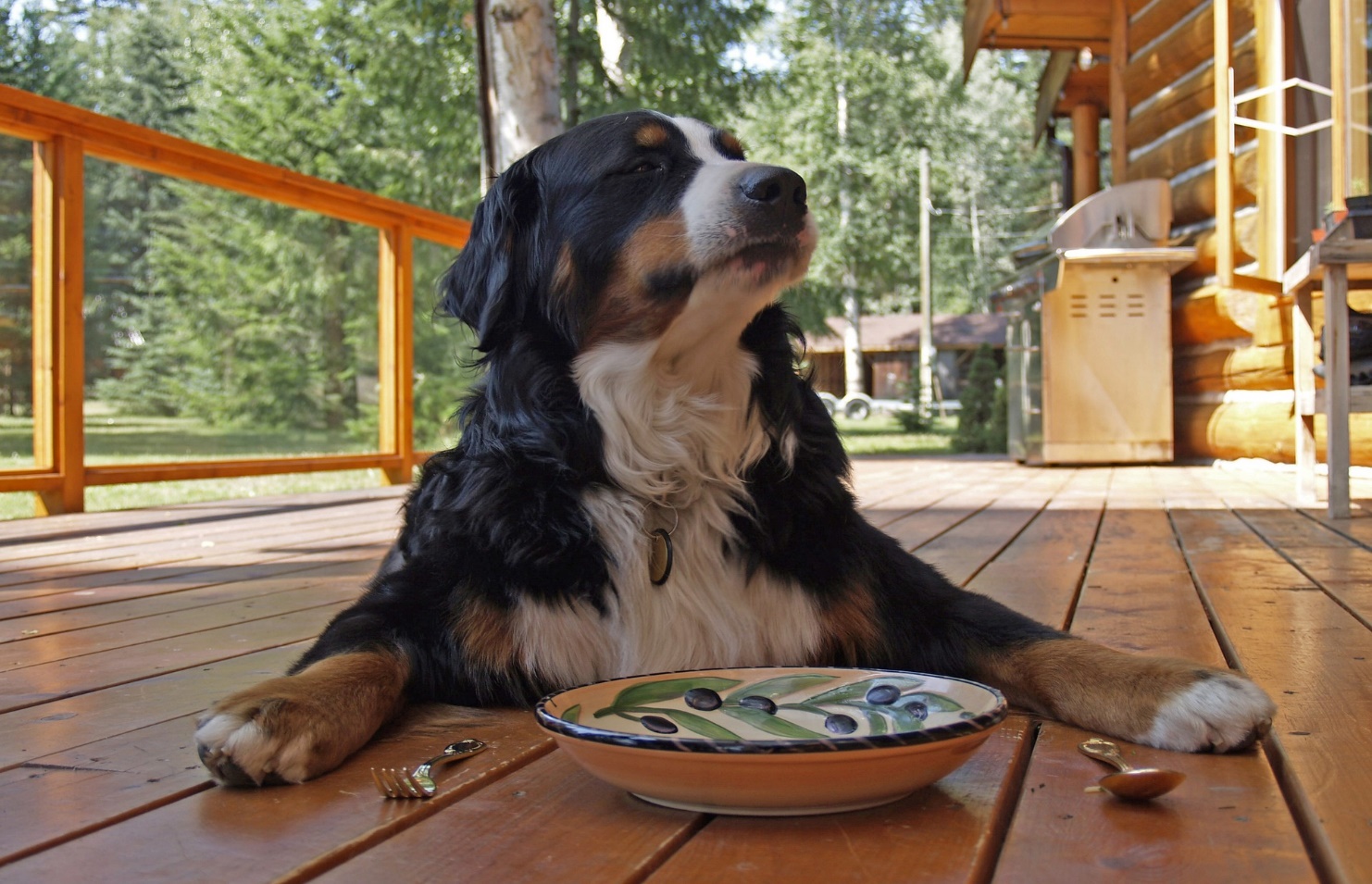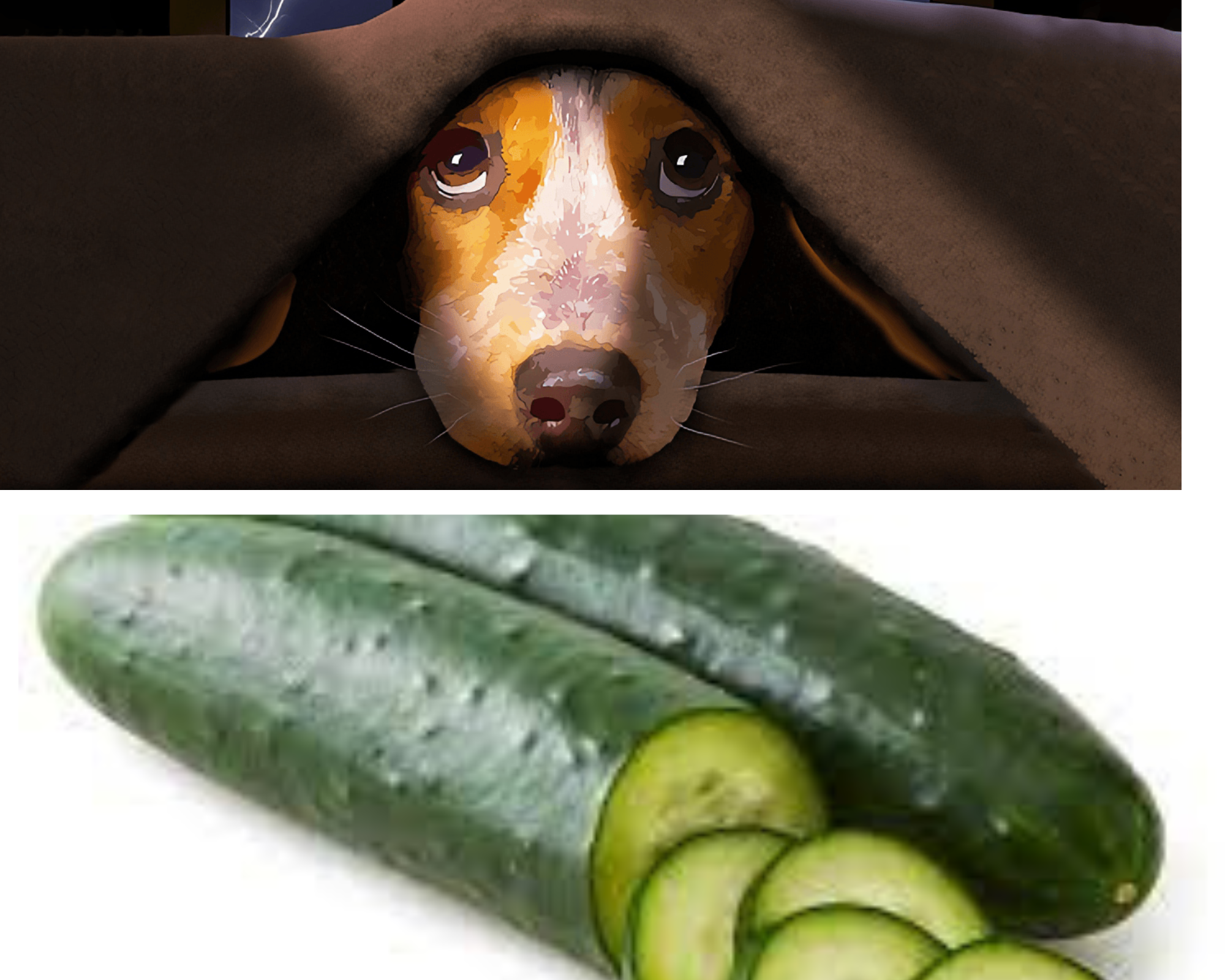What Toxins Cause Pancreatitis in Dogs?

Every devoted dog owner’s top priority is to always try to provide their furry friend with care and love. However, no matter how hard they try, a hidden illness may jeopardize their efforts and endanger their pet’s life. Pancreatitis is one such ailment—a painful condition that can affect dogs, often caused by exposure to toxins found in our homes and environments. Understanding these toxins is essential for protecting your pet’s health and well-being.
Toxins that can cause pancreatitis in dogs include fatty foods, certain medications, organophosphate insecticides, heavy metals like lead or zinc, toxic plants such as azaleas, chemicals like ethanol and xylitol, and miscellaneous toxins such as snake venom.
In this article, we will learn about the toxins that can cause pancreatitis in dogs, how to protect our dogs from these toxins, and more.
What Is Pancreatitis in Dogs?
Pancreatitis in dogs is a severe and painful inflammation of the pancreas, which is responsible for producing enzymes that aid digestion and regulate blood sugar levels. When the pancreas becomes inflamed, it can cause a variety of symptoms such as vomiting, diarrhea, abdominal pain, loss of appetite, fatigue, and dehydration. In severe cases, pancreatitis can cause life-threatening complications such as organ failure and sepsis, and many dogs do not survive.
Over the years, there have been numerous misconceptions about pancreatitis in dogs, which have been misdiagnosed as stomach pains or mood swings. This resulted in some dogs not receiving the proper treatment. But as time passed, veterans learned more about it. They discovered that pancreatitis can occur as a result of excessive fatty food consumption or obesity and more.
In addition, new tests such as ultrasounds and blood tests have improved veterinarians’ ability to detect pancreatitis. This test determines if pancreatitis is inflamed. Veterinarians can now treat pancreatitis more effectively than ever before, and they can also help dogs feel better and increase their chances of recovery.
What toxins Cause pancreatitis in dogs
As I stated above, fatty foods, certain medications, organophosphate insecticides, heavy metals like lead or zinc, toxic plants such as azaleas, chemicals like ethanol and xylitol, and miscellaneous toxins like snake venoms can cause pancreatitis in dogs.
Each of these substances poses a significant risk to your dogs, potentially triggering inflammation in the pancreas and leading to pancreatitis. Most of these toxins are found in what your dog consumes daily.
Fatty Food
Fatty foods, such as bacon, sausage, and fried foods, are delicious treats for humans but can harm dogs. When consumed in large quantities, fatty foods can cause pancreatitis in dogs by triggering inflammation in the pancreas. Pet parents need to avoid feeding their dogs table scraps or high-fat treats, especially those containing ingredients like butter, oil, or gravy. Additionally, keep trash cans securely closed to prevent dogs from scavenging fatty leftovers.
Certain Medications
Some medications, including certain antibiotics and chemotherapy drugs, can contribute to pancreatitis in dogs. These medications should only be administered under the guidance of a veterinarian, and pet parents should never give their dogs any medications intended for human use without consulting a vet first. Keep all medications safely stored out of reach of pets to prevent accidental ingestion.
Organophosphate Insecticides
Organophosphate insecticides, commonly used in household pesticides and flea control products, can be toxic to dogs and may lead to pancreatitis if ingested. examples
To prevent exposure, use pet-safe alternatives for flea and tick control, and keep dogs away from areas where insecticides have been applied. Store insecticides securely and follow label instructions carefully.
Here are some examples of organophosphate products
- Malathion
- Chlorpyrifos
- Diazinon
- Parathion
- Dichlorvos (DDVP)
- Dimethoate
- Tetrachlorvinphos
- Terbufos
- Trichlorfon
- Fenitrothion
- Methamidophos
- Phorate
- Profenofos
- Acephate
- Ethoprophos
Heavy metals like lead and zinc, found in certain household items such as paint, batteries, and metal objects, can be toxic to dogs if ingested. These metals can cause pancreatitis as well as other serious health issues.
Pet parents should ensure that their homes are free from lead-based paint and keep batteries and metal objects out of reach of dogs to prevent accidental ingestion, or you can make space in your packing store for those times.
Toxic Plants
Some common plants, including azaleas, lilies, and daffodils, are toxic to dogs and can cause pancreatitis if ingested. Pet parents should familiarize themselves with the plants that are toxic to dogs and remove them from their homes and yards. When taking dogs for walks, keep them on a leash to prevent them from nibbling on potentially harmful plants.
Chemicals like Ethanol and Xylitol
Chemicals like ethanol (found in alcoholic beverages) and xylitol (a sweetener commonly used in sugar-free gum and candies) are toxic to dogs and can cause pancreatitis if ingested.
Pet parents should keep alcoholic beverages and products containing xylitol out of reach of dogs and ensure that guests are aware of the dangers of feeding them to pets.
Miscellaneous Toxins like Snake Venoms
Miscellaneous toxins, such as snake venoms, can also contribute to pancreatitis in dogs if they are bitten by a venomous snake. To prevent snake bites, avoid letting dogs roam in areas where snakes are common, and keep them on a leash during walks. If a dog is bitten by a snake, seek immediate veterinary care.
By understanding the sources and effects of these toxins, pet parents can take proactive measures to prevent their dogs from being exposed, thus reducing the risk of pancreatitis and ensuring the well-being of their furry companions.
Also Read: Why Beagles are the Worst Dogs
How to Comfort Dog with Pancreatitis
Comforting a dog with pancreatitis is just as important as caring for a sick child. Dogs suffering from pancreatitis, like children, require tender care, patience, and understanding to alleviate their discomfort and aid in their recovery.
The first step in comforting is to follow the veterinarian’s instructions regarding medication and dietary restrictions. Providing a quiet, calm space where your dog can rest undisturbed is critical because it causes a great deal of pain and discomfort. Provide soft bedding and ensure they always have access to fresh water.
At this point, you should give your dog gentle massages and light, comforting touches to help them relieve stress and relax. Be patient and understanding, as dogs with pancreatitis may not want to eat and may require coaxing to consume small, bland meals prescribed by the veterinarian.
What to feed a dog with pancreatitis
Some pet parents may struggle to feed a dog with pancreatitis because approximately 40% of dogs with this condition have food-related issues. When it comes to feeding them, it’s best to follow the veterinarian’s recommendations.
They usually recommend a low-fat, easy-to-digest diet to give the pancreas a rest. This entails giving the dog small meals frequently, such as boiled chicken or turkey with plain rice, or special low-fat dog food. To avoid exacerbating the condition, stay away from fatty foods, treats, and table scraps.
Also, make sure the dog has enough water to drink. Pain relief, anti-nausea medication, and, in some cases, antibiotics are used to treat the condition. In severe cases, the dog may need to stay in the hospital for fluids and additional care.
Also Read: French Bulldog Drinking a Lot of Water
Treatment Options for Toxin-Induced Pancreatitis
How is pancreatitis treated? Treating toxin-induced pancreatitis in dogs involves a few steps to help the dog feel better and get rid of the problem. Here’s what vets usually do:
Finding and Stopping the Toxin
First, vets find and stop the thing that made the dog sick. This might mean stopping certain medicines, keeping the dog away from harmful stuff, or changing its food.
Helping the Dog Feel Better
Giving the dog some extra care helps it feel better. This can include giving it fluids through a tube, the right food to eat, and medicine to help with pain.
Making the Pain Go Away
Dogs with pancreatitis can feel a lot of pain in their belly. Vets might give them medicine to make the pain less and help them feel better.
Stopping Vomiting
Dogs with pancreatitis can throw up a lot. Vets might give them medicine to stop this so they don’t get dehydrated and feel more like eating.
Checking and Staying in the Hospital
If a dog is sick, it might need to stay in the hospital. This way, vets can watch it closely and help if something goes wrong.
Eating the Right Food
Dogs with pancreatitis need to eat food that’s easy on their belly. They might get food that’s low in fat and easy to digest. Eating small meals more often can also help.
Keep Checking Up
Even after the dog starts feeling better, it’s important to keep checking in with the vet. This makes sure the dog keeps getting better and helps if anything changes.
Taking care of these things can help dogs with toxin-induced pancreatitis get better with help from the vet.





One Comment